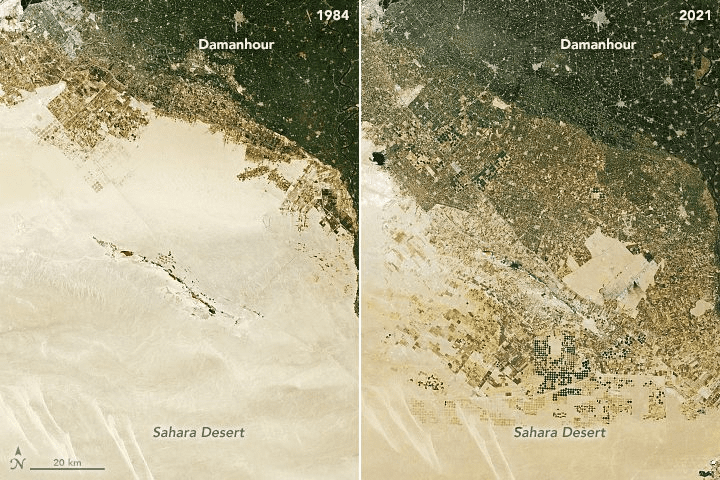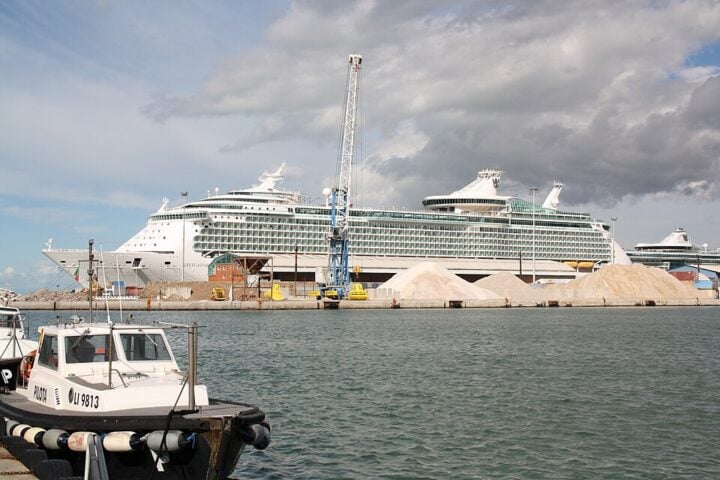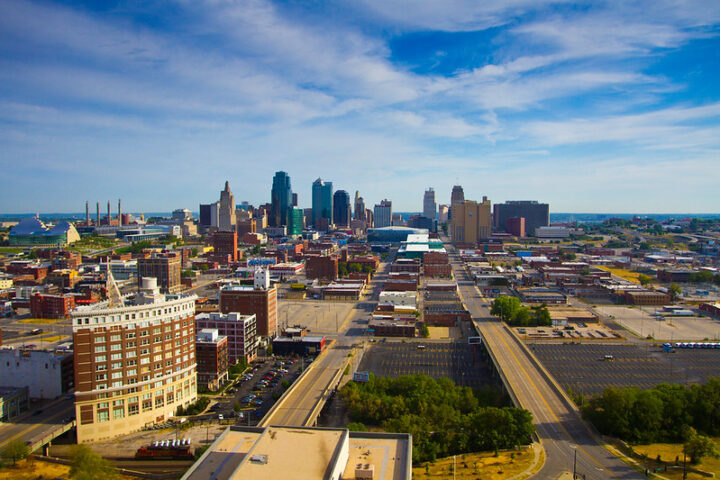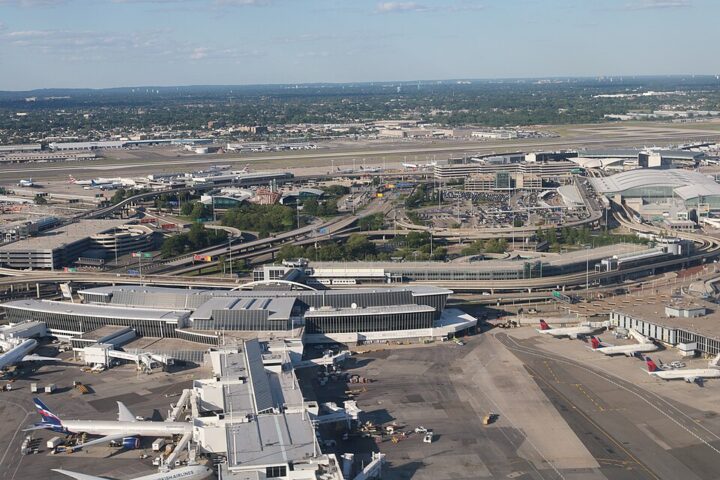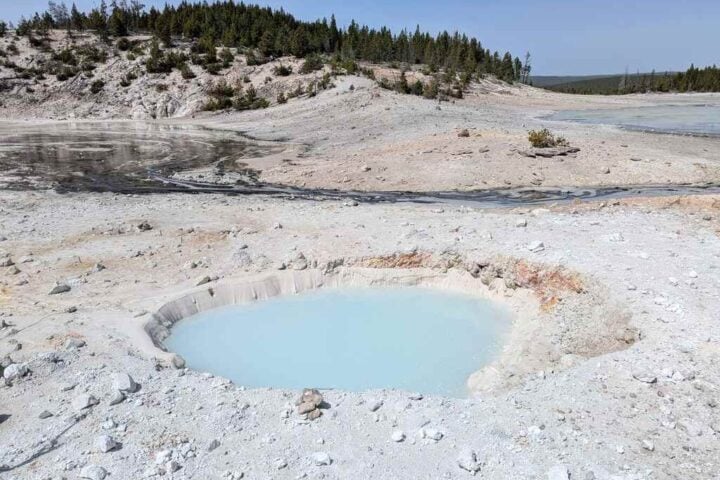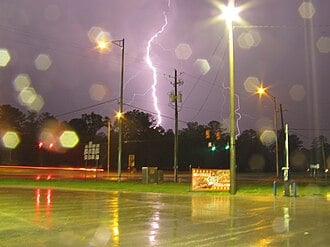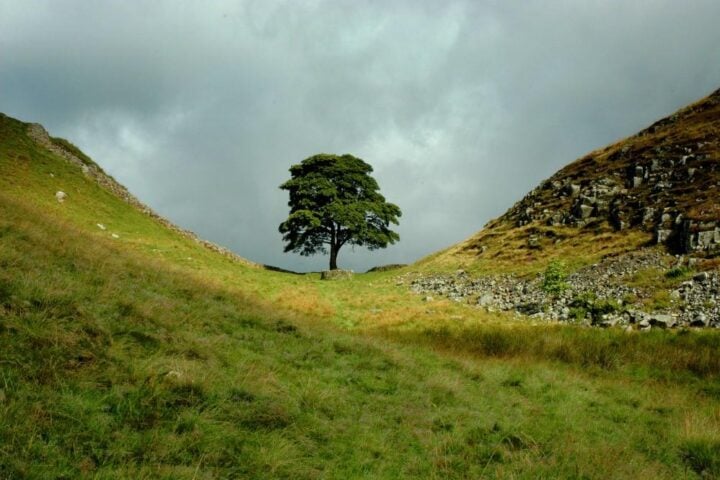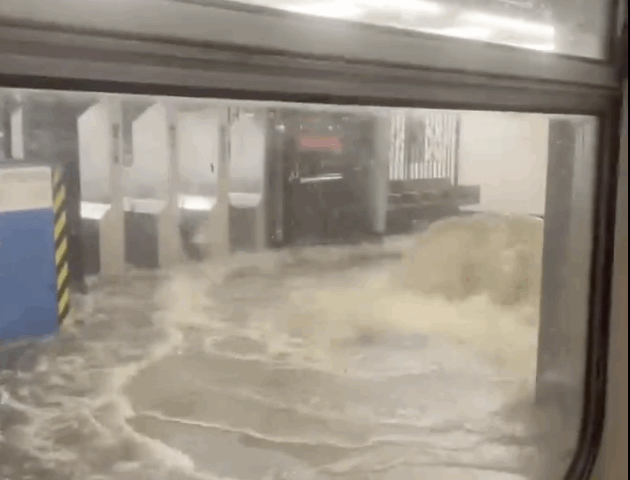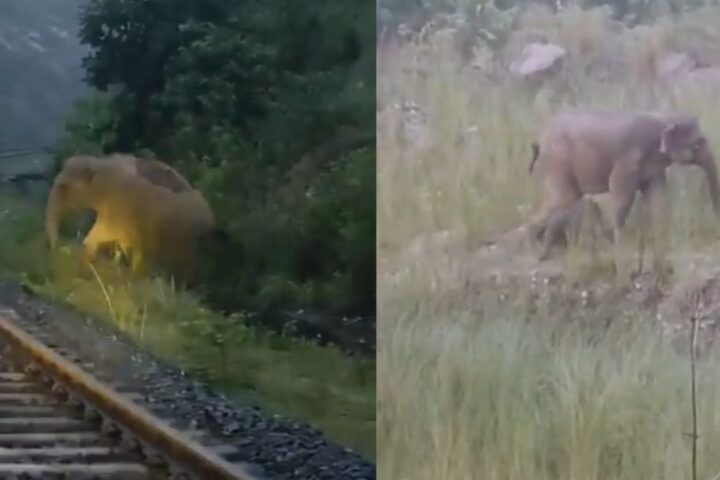Egypt’s “Toshka” project is set to reclaim Sahara deserts in the south and increase Nile farmland, consuming approximately five billion cubic meters of water annually. Since a meager 4% of Egypt’s land is suitable for agriculture, it continues to rapidly shrink due to urban and suburban development, saltwater intrusion, and salinization of Nile farmland. The project aims to combat this by developing and converting large swaths of the Sahara desert into farmland in recent decades. The Desert Development Center believes that the process of “greening” the Sahara is Egypt’s best hope for bringing prosperity to its people. However, not every expert agrees with some concerns regarding this method’s sustainability. They claim that this will eventually backfire. Another significant issue is that the drain on the Nile might lead to problems with international water-sharing treaties.
The population that subsists on the agricultural produce from the fertile lands around the Nile has exploded in the last few decades. The population has increased by around 30 times since ancient Egypt, with the most growth seen since the 1980s. The population has almost doubled since then, going from 45 million to 100 million. Egypt’s population is also set to double in the next 30 years. The population is also crowded around the banks of the Nile since it is one of the few habitable regions. The increasing speed of urbanization to accommodate this growing population in the area is only furthering the problem. Egypt is soon to face food scarcity problems at this rate.
Another major problem is the rising sea level, leading to farmlands becoming useless. Along with the rising sea level due to global warming, the lands around the area are skinning too. This subsidence occurs due to extraction processes and natural reasons.
The plans to convert desert land include the construction of highways, railways, water pipelines, and power lines to encourage development and the establishment of new farmland in deserts west of the delta. These initiatives have allowed large areas of the desert to be converted into farmland. The combination of center-pivot and drip irrigation fed by groundwater pumps makes farming possible in the area. While small-scale subsistence farming is expected in the delta’s core, most growers on the desert rim cultivate grains, fruits, and vegetables for export. The government has allocated $70 billion to a ten-year plan to reclaim 3.4 million acres of desert. The Desert Development Center is one of the initiatives where the desert is being converted using many new methods. The center’s experts believe that greening the Sahara desert is Egypt’s best hope for bringing prosperity to its people.
Some protest this practice saying that it is unsustainable. We have seen that the Nile farmland that is converted in this way often ends up turning back to desert land after ten years or so. The conversion process also involves a large quantity of water from the Nile. The water there is already scarce and highly contested. Because the ownership is contested, water-sharing disputes might also arise from this process.
